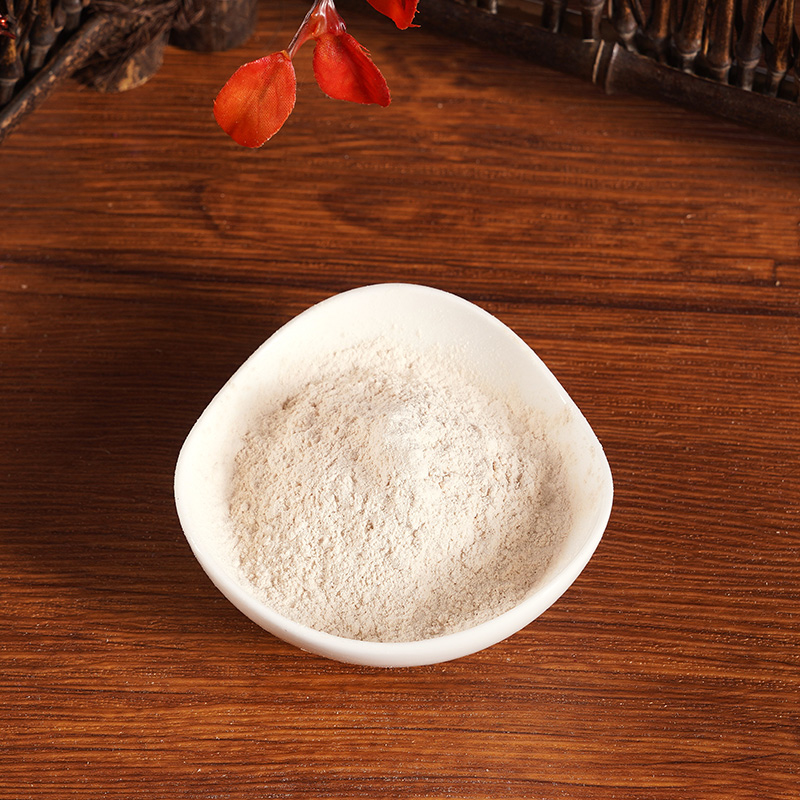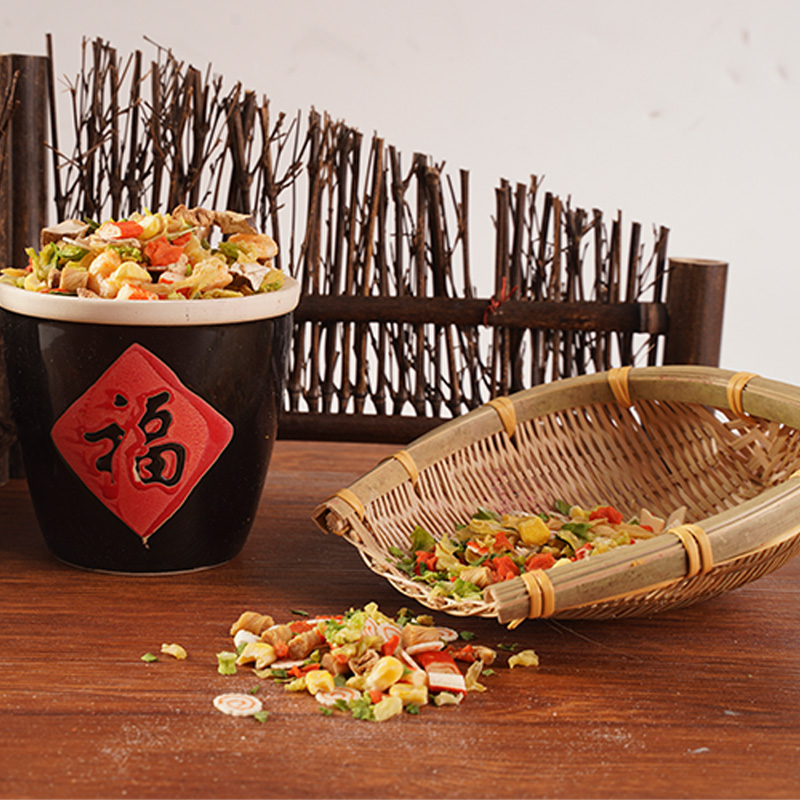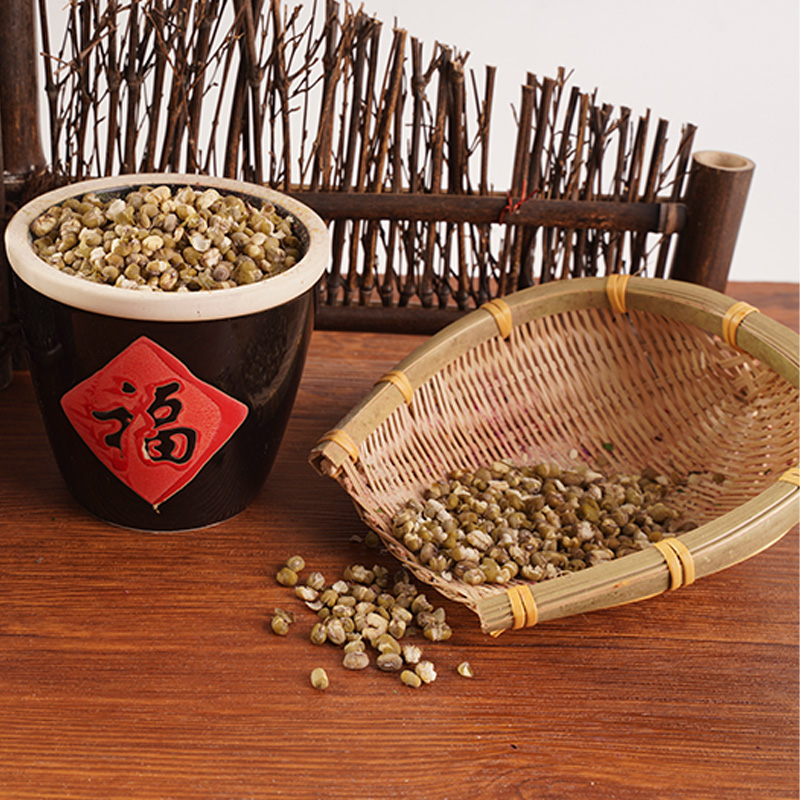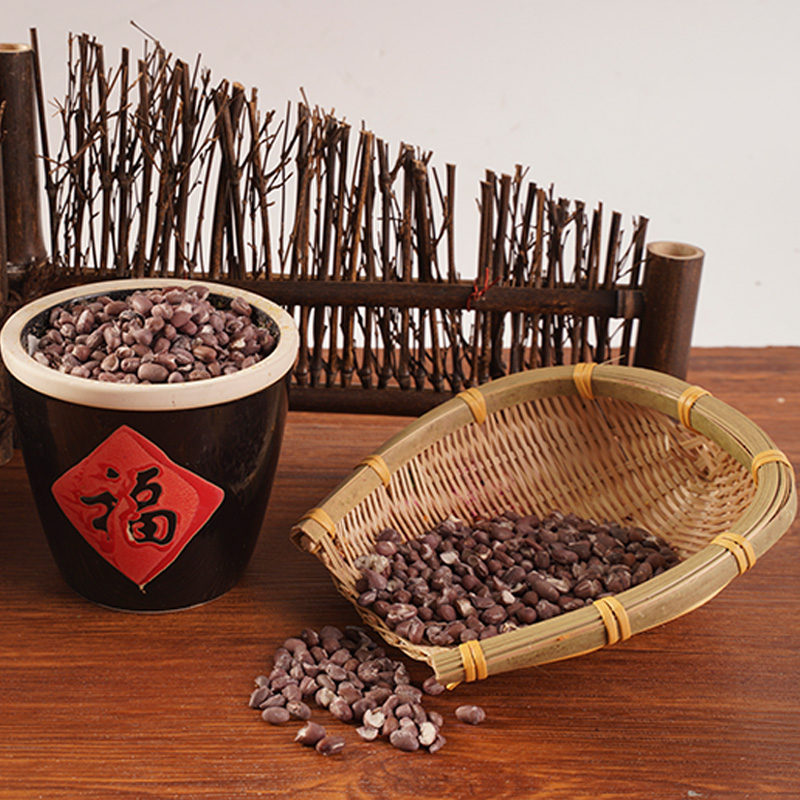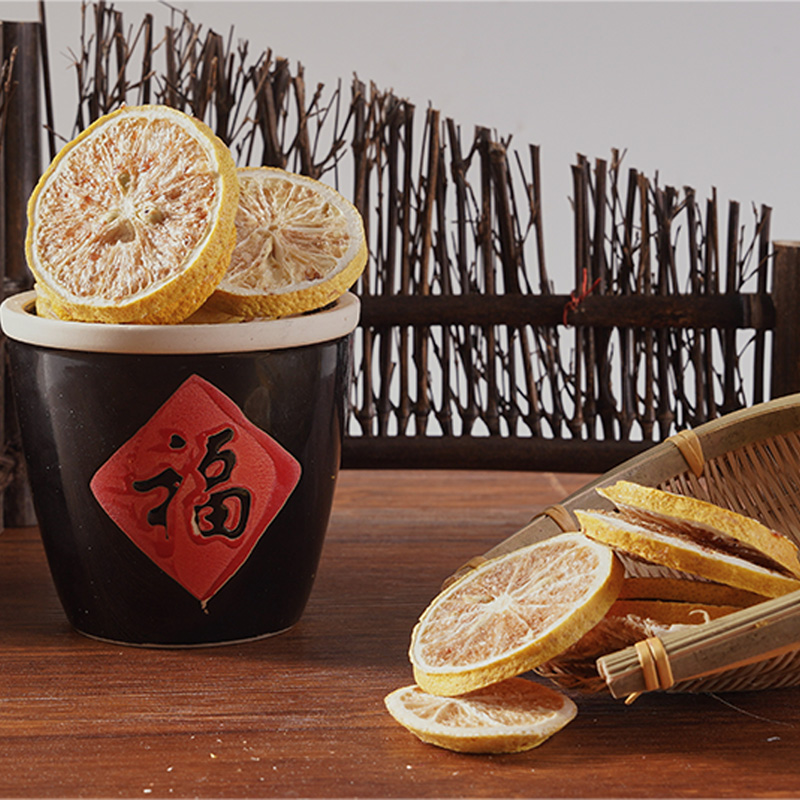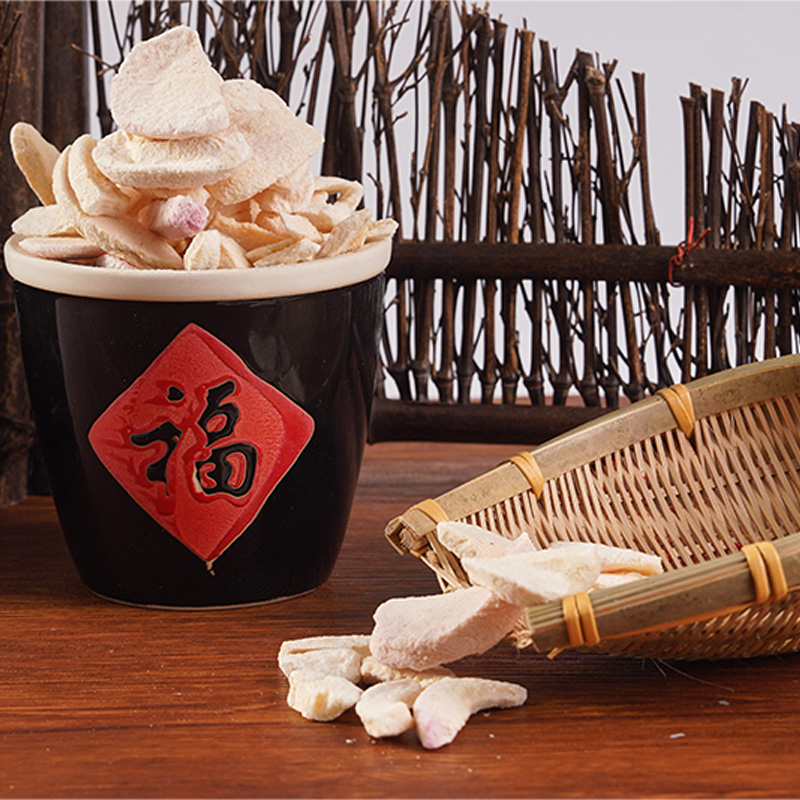How Are Dehydrated Vegetables Processed While Retaining Nutrients?
As the global health food market expands at a compound annual growth rate of 5.8% (FAO 2023 data), dehydrated vegetables have become the focus of the industry due to their lightweight and easy storage characteristics.
1. Nutrition protection mechanism in the pretreatment stage
Precise enzyme inactivation: Using 95-100℃ steam blanching technology, by precisely controlling the time (30-120 seconds), it not only inactivates polyphenol oxidase that causes nutrient loss, but also increases the vitamin C retention rate to 87% (traditional methods are only 65%)
Slightly acidic color protection technology: Using pH5.5 citric acid solution for soaking, it effectively maintains the stability of chlorophyll and increases the color retention rate of dehydrated vegetables by 40%
2. Comparison of core dehydration processes
Freeze drying (FD technology)
• Sublimation of water in a vacuum environment at -40℃
• Protein retention rate ≥95%, vitamin B retention rate 85-92%
Product rehydration reaches 92% of fresh state
Hot air drying optimization system
• Multi-stage temperature control system (65℃→55℃→45℃ gradient cooling)
• Carotenoid preservation rate increased to 78%
• Energy consumption reduced by 30% compared with traditional processes
Vacuum low temperature dehydration (VFD technology)
Dehydration is completed at a working temperature of 45-55℃
• Flavonoid retention rate exceeds 85%
• Especially suitable for heat-sensitive vegetables such as garlic and green peppers
III. Post-processing technology innovation
• Nitrogen-filled packaging system: oxygen residual content <0.5%, delaying oxidation of fat-soluble vitamins
• Nanofilm packaging material: oxygen permeability is controlled at 3cc/m²·day, and the annual loss rate of folic acid is <8%
• Microwave-assisted sterilization: microbial inactivation is achieved at 70℃, avoiding nutritional damage caused by traditional high-temperature sterilization
According to the latest research in Food Chemistry, spinach samples using a composite dehydration process still retain 82% of iron and 79% of vitamin K in a fresh state after 6 months of storage, and the dietary fiber content has no significant change. Compared with the average nutritional loss rate of 53% of canned vegetables, modern dehydration technology shows obvious advantages.
At present, NASA and the European Space Agency have included freeze-dried vegetables in the space food standard system, and the joint dehydration technology developed by China Agricultural University has achieved a breakthrough in vegetable supply in scientific expeditions to the Qinghai-Tibet Plateau. With the application of new technologies such as ultrasonic-assisted drying and supercritical fluid extraction, dehydrated vegetables are transforming from emergency food to daily nutritional supplements, ushering in a new era of plant-based food preservation.
prevNo previous article
nextThe Impact of China’s 2025 Tariff Hike on the U.S. and Its Ripple Effect on the Dehydrated Vegetable Industry
News Category
- Company News(1)
- Industry News(71)



 English
English русский
русский 日本語
日本語 한국어
한국어 中文简体
中文简体





